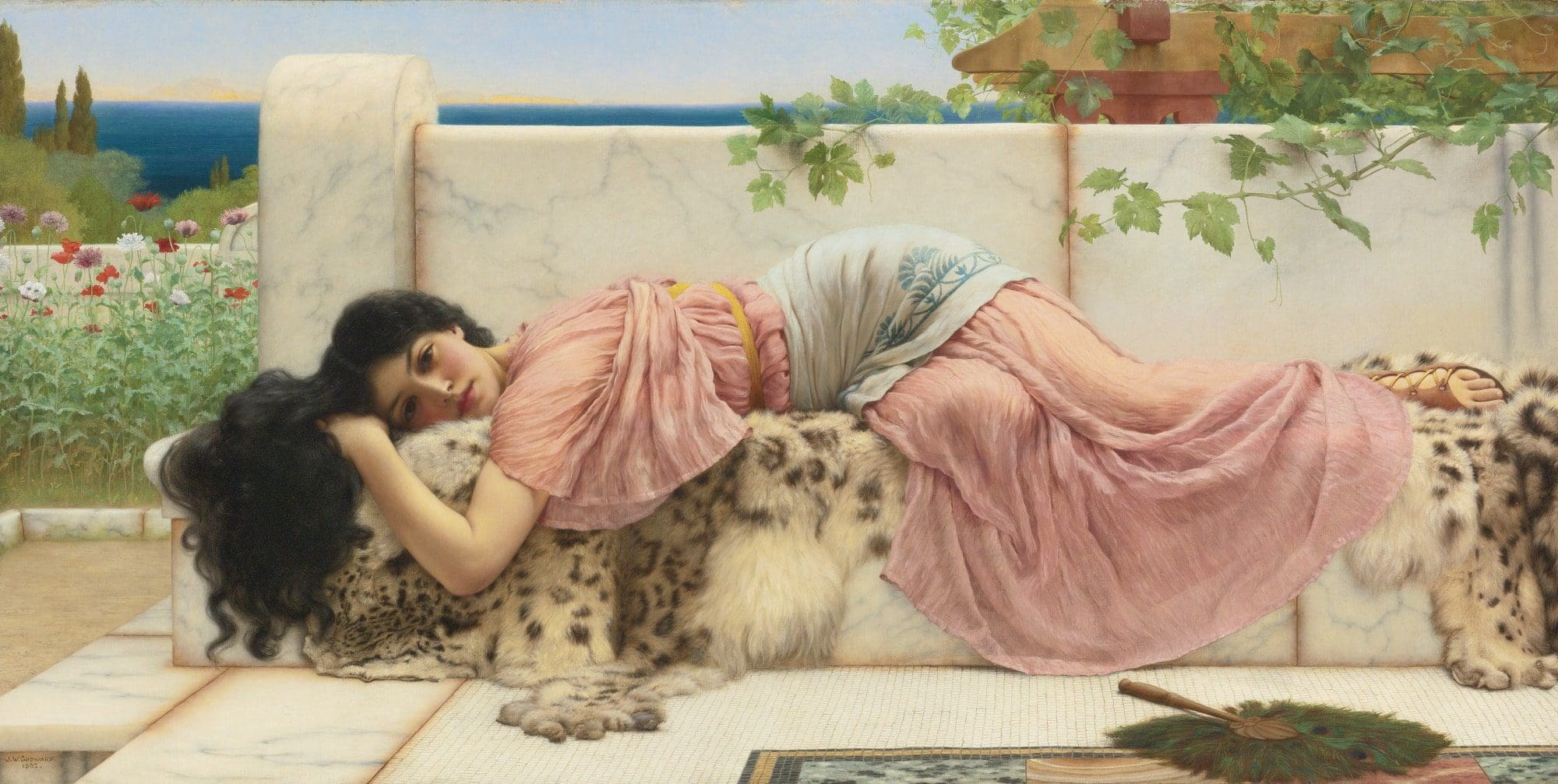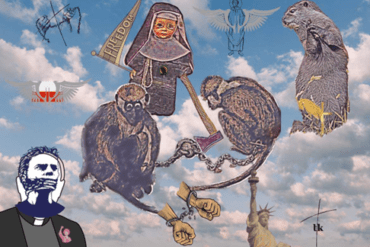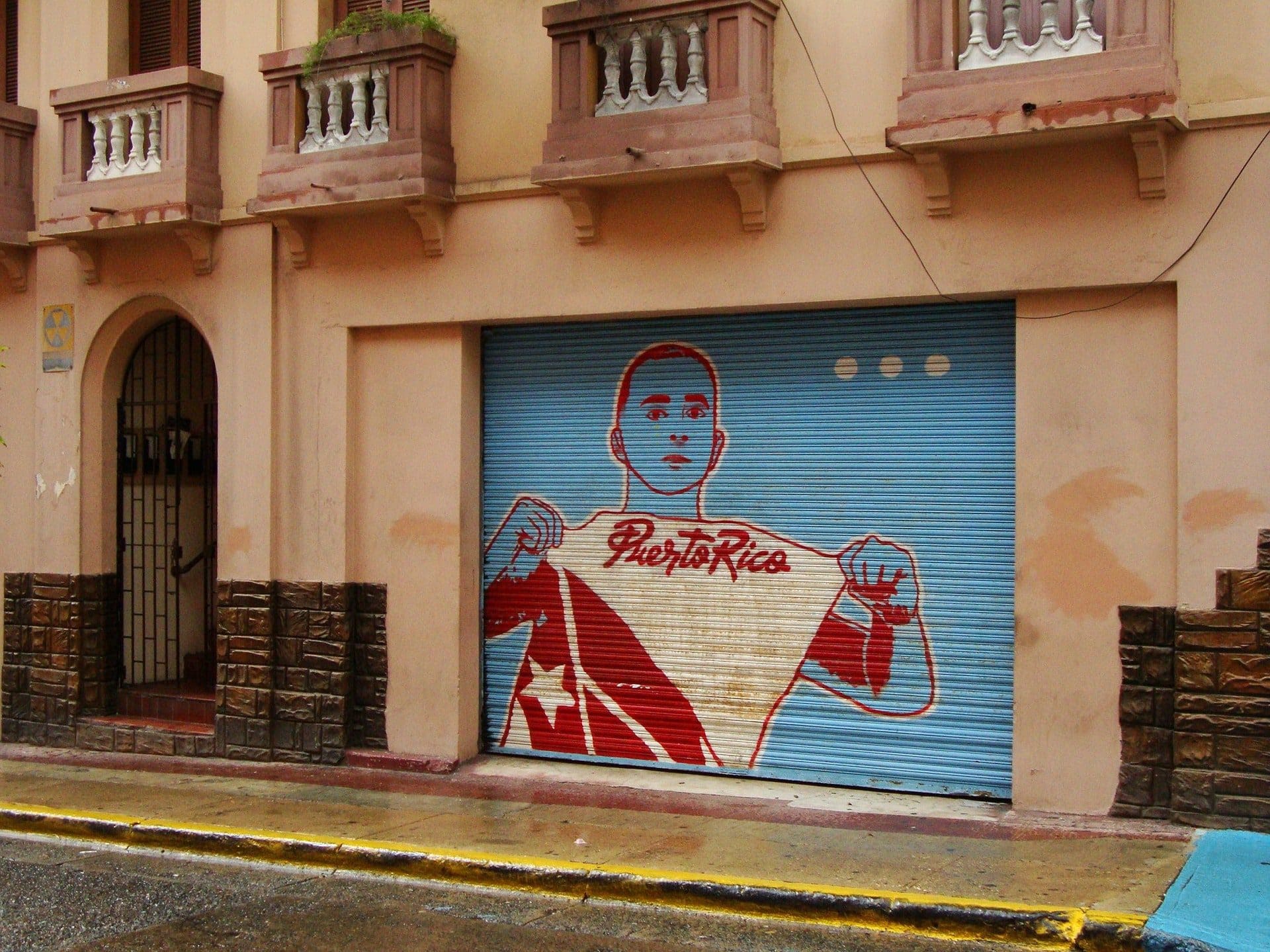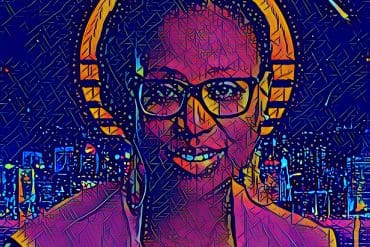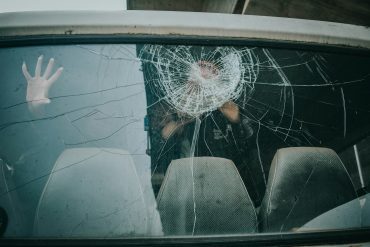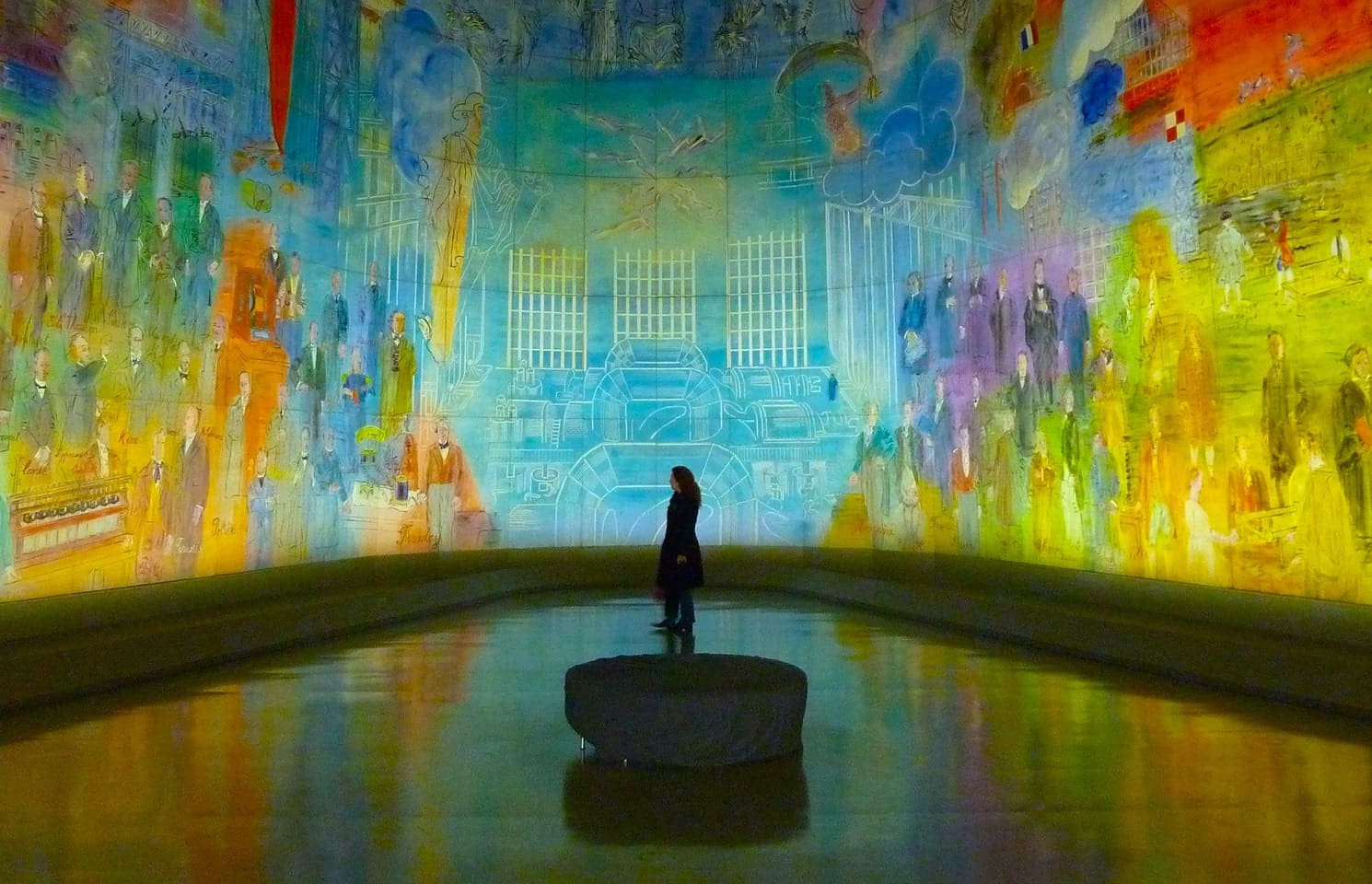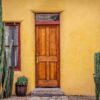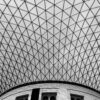Art/i/facts: Artistic Autoethnography and Opening the Door to Boundless Artmaking
Author’s Memo
In Artistic Autoethnography, I describe dimensions of craft from my perspective as an autoethnographic researcher and artist. I write from my orientation as an a/r/tographer (artist/researcher/teacher). These three identities are central to who I am as an autoethnographer. Also, I include citations for any texts I reference in this column.
Each column will discuss an autoethnographic idea, term, or related thought and connect it with a description of the creation of some part of an autoethnographic work of art. This column illuminates the relationship between autoethnographic philosophy and artistic craft.
In this first column, I introduce a term that feels more fitting for artistic autoethnography than the research term, data. I also discuss how this new term works to open up the imagination to boundless possibilities of autoethnographic artmaking.
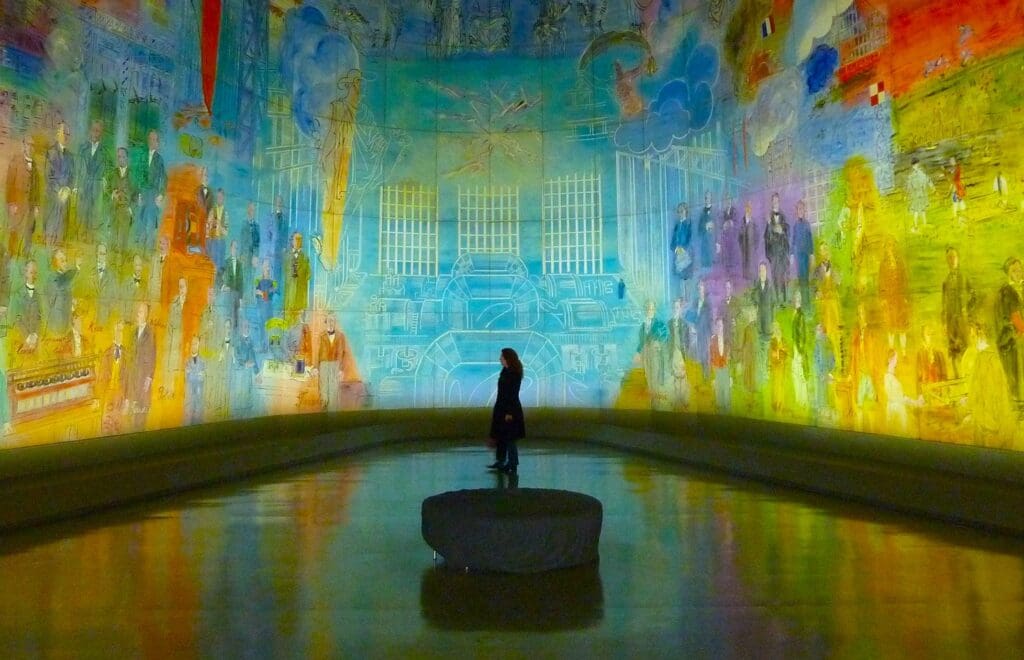
Art/i/facts: Artistic Autoethnography and Opening the Door to Boundless Artmaking
Art & I
I find the research term, data, incongruous with my work as an artistic autoethnographer. So, I replaced it with the word art/i/fact, a term of my invention. I define art/i/facts as the evidence I examine through my work as an a/r/tographer (Irwin & Springgay, 2008; Irwin, LeBlanc, Ryu, & Belliveau, 2018; Gouzouasis, 2018). A/r/togrophy allows me to openly acknowledge the influence of my trebled identities as an artist/researcher/teacher on a project. The term, art/i/fact, makes room for the intimate interconnection of these three identities. It does not seek to be understood as unbiased. It forefronts the value of my unique perspective within the ongoing dialogue of the research community.
Art/i/facts are sources of information that we can examine aesthetically (art). We can also examine them subjectively, from the vantage point of any one or more of our identities and/or experiences (i). As the autoethnographic artist, researcher, and teacher who relies on artifacts to fuel my work, I can also engage with them in the dual roles of participant and researcher.
The term art/i/fact summons experiences one might have in a museum. Museums carefully examine, research, catalog, and share artifacts with the general public. They use jargon to reference characteristics of artifacts. The public can decide how deeply they enter into thinking about an artifact in the way museum jargon suggests. That is, if they even read the museum labels on artifacts at all. Museum-goers each have the right to encounter and interpret artifacts however they wish. This freedom is part of what makes museums a public good. Artistic autoethnographic work offers a similarly open form of public good to its audiences.
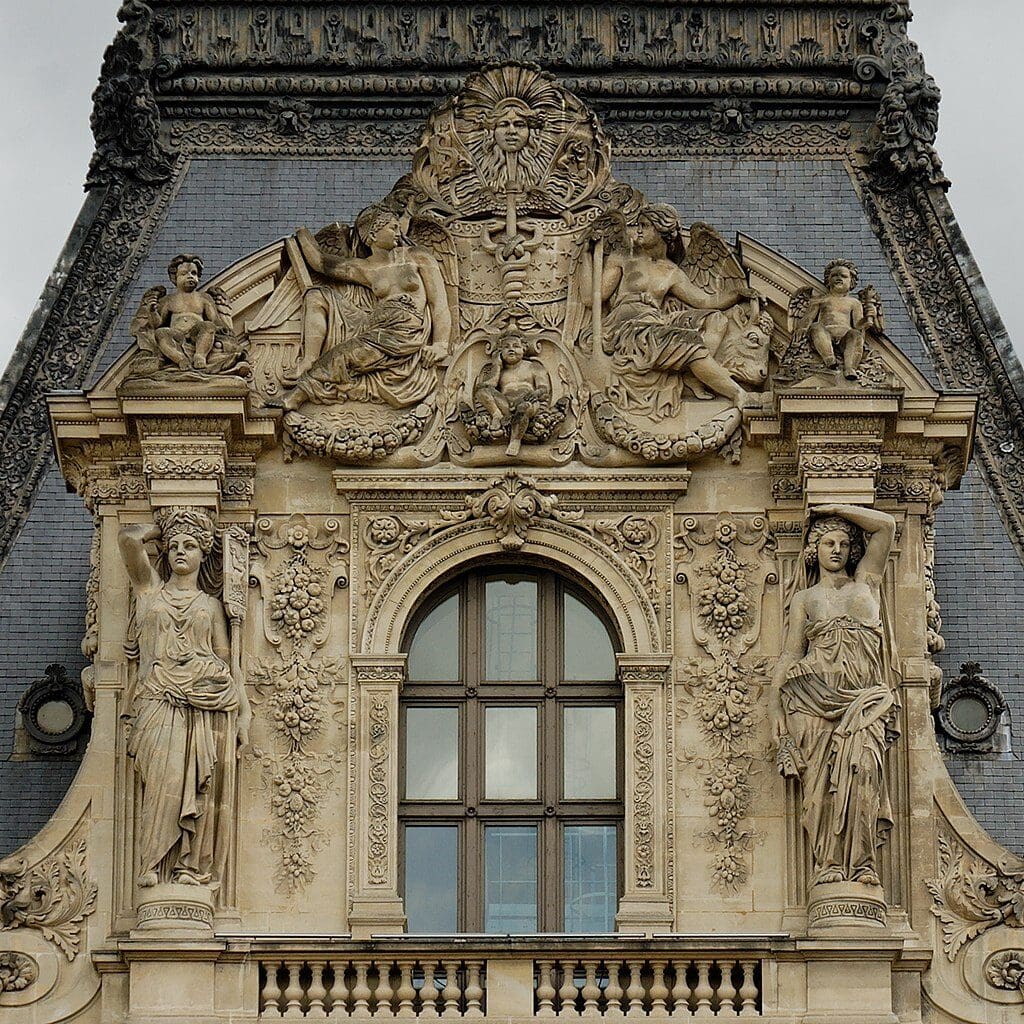
The Facts
Artistic autoethnography is grounded in the stuff of living, or the facts of life. Art/i/fact ends with a nod to the gathering of information, which may or may not resemble data collection at all. Autoethnographers ground each project in its own truths, much as we ground interpretations of museum artifacts both in the museum context and in the very existence of the artifacts, themselves. Thus, ‘fact‘ hearkens to the truths at the heart of a project and to a museum-like interpretive space.
This work is, indeed, about interpretations of the reality of lived experiences. These are grounded in the artist’s own understandings about what is important or valuable. Of course, emphasizing the art in the term calls attention to the value of aesthetics in this work. To continue with the museum metaphor, the public is free to make of artifacts what they will and interpret them how they choose.
There is a museum for everything. From the Louvre in Paris to the Museum of Broken Relationships in Zagreb. You really can create a museum for just about anything. Likewise, the term, art/i/fact, allows an autoethnographer think much more broadly about the foci of their work. Art/i/facts can open new doors to dialogue with/in research communities, if desired.
Next Column Preview:
In my next column, I will discuss how the meaning of autoethnographic texts can vary when read on a page versus when performed by the author or someone else.
References
Irwin, R. & Springgay S. (2008). A/r/tography as practice-based research. In M. Cahnmann-Taylor and R. Siegesmund (eds.), Arts-based research in education: Foundations for practice, (pp. 103-124). New York: Routledge.
Irwin, R., LeBlanc, N., Ryu, J. Y., & Belliveau, G. (2018). A/r/tography as living inquiry. In P. Leavy (Ed.), Handbook of arts-based research (pp. 37-53). New York: The Guilford Press.
Gouzouasis, P. (2018). A/r/tographic inquiry in a new tonality: The relationality in music and poetry. In P. Leavy (Ed.), Handbook of arts-based research. New York: The Guilford Press.
Featured image by Hermann for Pixabay;
Pediment of the Pavillon Colbert, The Louvre, Paris, Jastrow, Wikimedia
Bio: Karenanna Boyle Creps, PhD, is an Assistant Professor of Teacher Education at Michigan State University. She is the Subject Area Leader of Arts Integration and the Licensure Area Leader for K-12 Visual Arts Education. Her research interests are in arts education, experiential learning, intercultural education abroad, the ethics of education research, and arts-based research methodologies. Her work has appeared in Qualitative Inquiry, Muddy River Poetry Review, S/tick, and the Michigan Arts Education Instruction and Assessment Blog.


